Plan rolled out for ‘blues’ precarious future
(CNS): The Blue Iguana Conservation programme has launched a Strategic Species Action Plan for the next five years, which outlines the objectives to help conserve Grand Cayman’s iconic blue iguana. Although the species has been brought back from the brink of extinction, its future remains precarious as the original threats that almost killed off this unique reptile remain.
Recent research indicates that the restored population, which dropped to just 25 in 2001 but is more than a thousand today, is still unlikely to be able to sustain itself in the long term outside protected areas. In addition to the urbanisation of Grand Cayman, there are new threats, such as a significant increase in invasive predators and the prospect of emerging disease, which could undermine the incredible work over the last three decades.
Despite the iconic status of the blues and the conservation project’s high profile around the world, more awareness is needed of the continued threats, and while efforts to save the species is a success story, it is by no means over. BIC founder Fred Burton, who is credited with the near miraculous efforts to save this indigenous iguana, urged the community to ensure the survival of the blues, as he warned that they were not yet saved.
“Let’s not make any mistake – we’ve got them from next to nothing to about 1,000 in the wild. We bought them time, but until we solve the main causes of their original decline, we can’t say we have saved them” he said.
The programme manager today is Luke Harding, who explained that the plan was part of a concerted and focused effort to ensure that the iguanas would be successfully protected into the future.
“Based on the expert evaluation of the best scientific knowledge available to date, this plan presents the current understanding of the challenges for future conservation efforts and the primary actions needed to work towards long term success,” he said.
Funded by the Darwin Initiative, a UK government grants scheme that helps to protect biodiversity, the development of the blue iguana plan involved overseas project partners and thirty years of research and knowledge of the iguanas. The programme so far has regenerated a wild population but researchers warn of a crucial tipping point. A renewed, island-wide commitment is needed to achieve the objectives, mitigate the emerging threats and provide the required funding to support the efforts outlined in the plan.
In the document, the vision is said to be: “Establish and maintain a genetically and demographically resilient population of at least 1,000 mature Grand Cayman blue iguanas, living wild within and around protected areas, ensuring they will be supported and celebrated as a flagship species for the long term.”
But there are a number of major issues that could undermine that goal. The plan points out that at least 30 iguanas released into the wild reserves are killed each year. Specific threats that undermine the survival of the species are feral cats (the biggest threat), dogs, green iguanas, development and ongoing road infrastructure, which are compounded by weak environmental governance, inconsistencies in legislation, inadequate financial and logistical resources, and a lack of consideration of habitat in land-use planning.
“The need to mitigate the ongoing threats in order to establish and maintain a genetically and demographically resilient population remains of utmost importance. The focus to maintain and strengthen the protected areas remains a major driver, as the priority objective of this plan aims for the protection of the population within the Queen Elizabeth II Botanic Park (QEIIBP) as a ‘Habitat Island’,” the authors of the plan state in the executive summary.
The government fully supports the project. Premier Wayne Panton, whose portfolio includes Sustainability, welcomed the plan. Lauding the success so far, he said there was still much work to do.
“The programme history and remarkable milestones were celebrated with the name change of the Recovery programme to a Conservation programme,” he said. “The focus now is on how we support a sustainable wild population of blue iguanas for the long term so that they are here for future generations to enjoy. This means consideration of how we mitigate key threats such as invasive species and emerging diseases, expand and manage protected areas and deal with key challenges such as the loss of food availability throughout current and historic ranges.
“Let us all see this plan as a platform to reaffirm our dedication to this iconic species that is so symbolic of Cayman,” Panton added.
The researchers said that Blue Iguana Conservation is a remarkable milestone but the successful captive breeding and release programme does not accurately reflect the situation regarding the wild populations within the protected areas. Through years of conducting population census surveys, there is strong evidence to show a lack of natural recruitment, even though successful breeding and hatching is recorded within all three protected areas and is the fundamental reason why greater investment must now be made to secure the future of the species.
See the full plan and an infographic summary in the CNS Library.
- Fascinated
- Happy
- Sad
- Angry
- Bored
- Afraid
Category: Land Habitat, Science & Nature





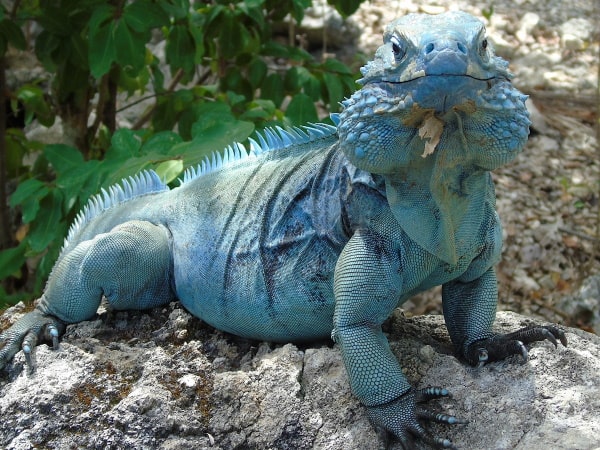
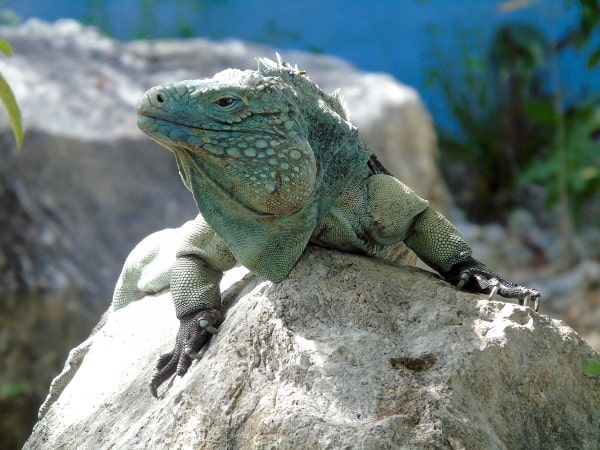

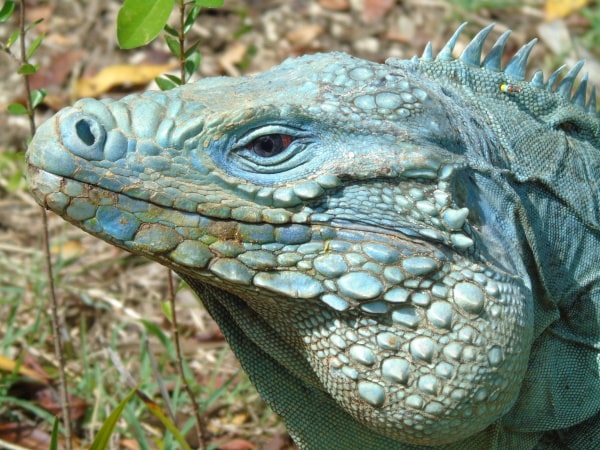











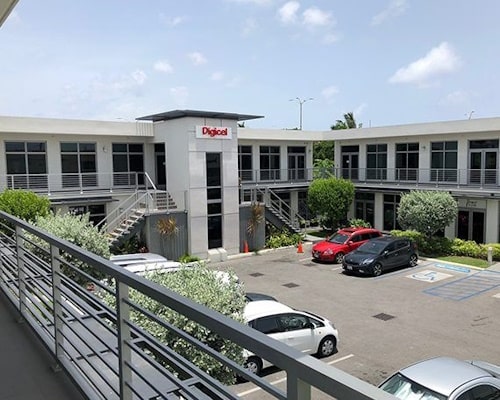
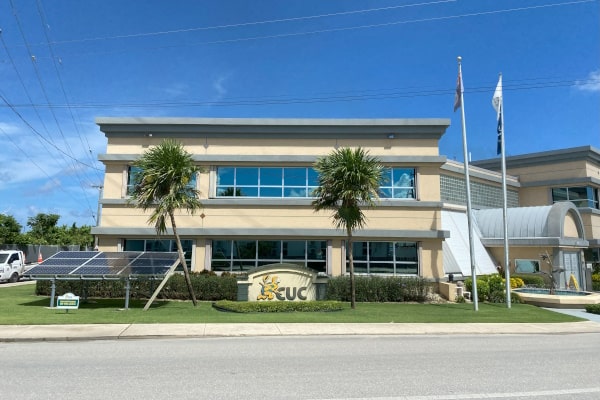




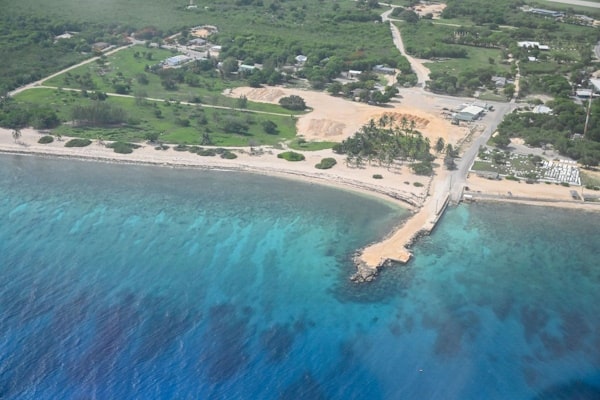













Ultimately, the best “plan” to continue to protect the blue iguanas is to continue culling the invasive green iguanas. I realize it’s expensive to the public purse but it’s showed it’s effectiveness. Culling just has to be seasonal, at the very least, but should not be abandoned completely.
My biggest issue is that Government started at $5 an iguana and now it’s $10. They should have started at $2 and raised to $5.
There is also the unanswered question of whether the invasive greens can mate with the Blues and produce hybrids as they have done in LC with the Rock Iguanas.
Agree that we need to continue to cull the greens. Some people may believe that the Blue Iguanas don’t matter much in the grand scheme of things, with all the horrors going on in the world.
The Blue Iguanas are unique in the world to Grand Cayman, and are symbolic of an older and simpler time. It would be an extremely sad thing if they were lost, particularly in light of the relatively small amount of funds and resources necessary to help their numbers.
We should never give them up. We should always fight for their numbers and keep them growing and prospering.